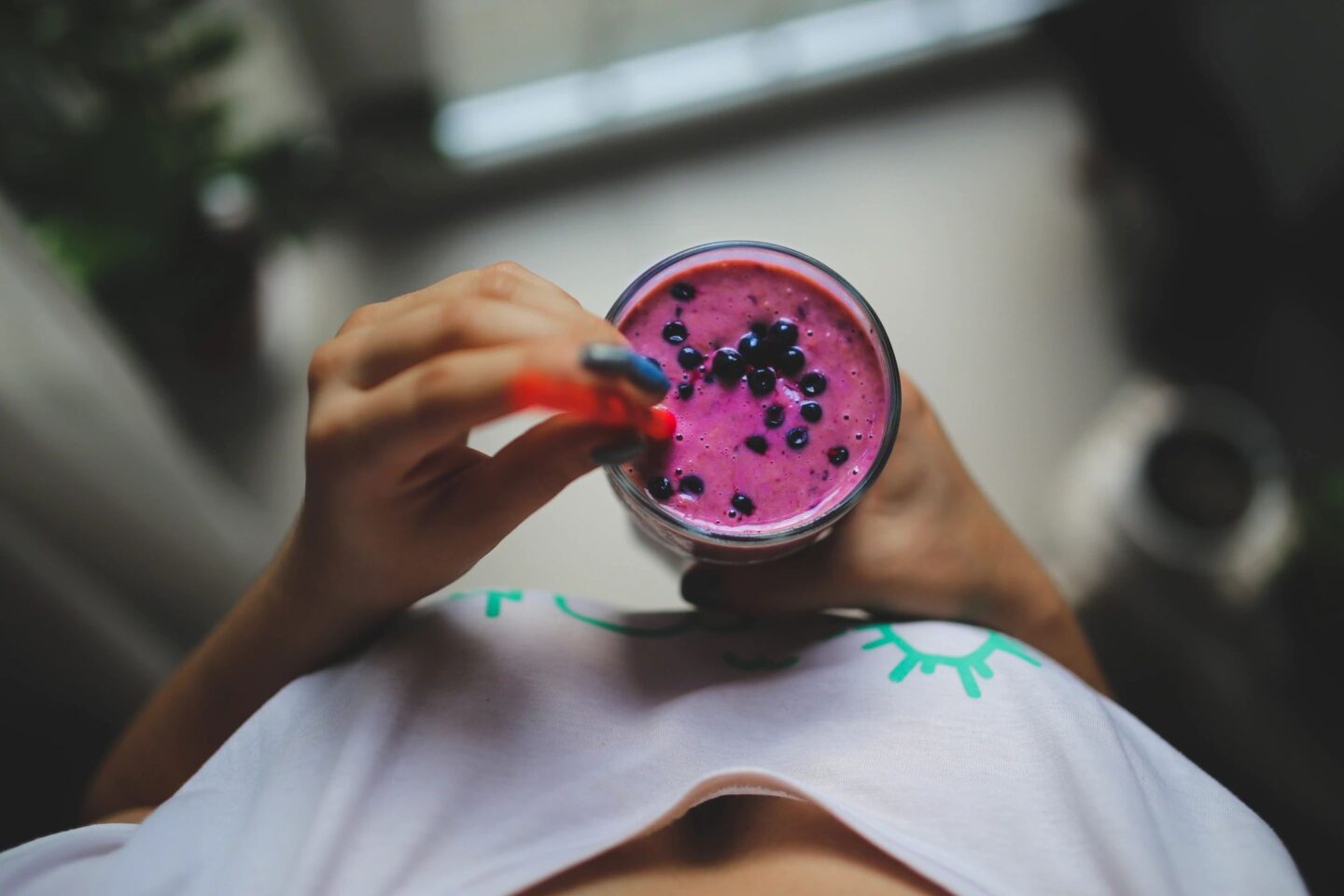
I transitioned to a vegan diet in October of 2017 and was vegetarian for a couple of years before that. Removing meat from my diet felt like freedom to me. While I had never enjoyed eating meat, I never thought to question it. It wasn’t until I reached adulthood, that I realised I had other options.
I attempted vegetarianism around 10-years before this, but that ended in failure. In my defence, the UK was a different place back then. While now, there are a plethora of resources to aid the transition from eating meat to becoming plant based, back then, I felt like I was on my own. At home my diet became very limited. I’m not a chef, I don’t particularly enjoy cooking and so I mainly ate what my husband did, minus the meat. When eating out, there was little consideration given to non-meat eaters. Usually, the sole vegetation option was stuffed peppers or some kind of mushroom dish. My two worst foods. It didn’t help that literally everybody I knew ate meat, which meant that I often felt othered. So, after a year of battling through, I reluctantly included meat into my diet once again.
Second time is a charm
Since 2015 through, I haven’t looked back. In fact, I have never enjoyed my food more. But the first couple of years were definitely a learning curve. At the same time that I removed all animal products from my diet, there was an explosion of vegan foods hitting the supermarket shelves. I presumed that vegan meant healthy, and so I filled my diet with imitation meat. Cakes and sweets, previously a once-in-a-while treat, became an everyday occurrence. And while not the reason for my decision, I thought that the by-product, the bonus of going vegan, would be a reduced waistline and glowing hair and skin. Instead, I felt unhealthier than I had ever been. I gained weight, I was constantly bloated and my face was covered in acne.
I’m not saying that there isn’t a place for meat replacement products; absolutely there is. For someone transitioning to a meat free diet, they can be invaluable. They offer the feeling of inclusion when sharing a meal with meat-eating friends and they taste good. But, I believe that these products should be viewed in the same way as any other junk food. That is, eaten sparingly, and only as part of a healthy diet. Of course the nutritional value of these foods can vary, but they tend to be ultra-processed and high in salt.
It has taken me a while to figure out what a healthy vegan diet looks like. Of course, we are all individual and, I am no nutritionist, but, here are a few tips that work for me. They might just save you from the unpleasant side effects of an unhealthy vegan diet.
Get your protein from plant sources
Instead of reaching for meat replacement products, I get my daily protein requirement from plant sources. For me this looks like a variation of beans, chickpeas, lentils, nuts and nut butters, seeds, and tofu.
Eat 30 plants a week
Professor Tim Spector, author of Food for Life and Spoon Fed and co-founder of Zoe, recommends eating 30 plants a week. He advises that, not only does this diversity result in a healthier gut microbiome, but it can also reduce your risk of developing chronic illness. 30 may sound like a large number but it is easier than you think when you consider that this includes fruits, vegetables, nuts and seeds, herbs and spices, legumes, and whole grains.
Use the resources available to you
These days the internet is overflowing with resources which can help you to eat more healthily. Until I developed a healthy routine that worked for me, I relied heavily on vegan websites and food and nutrition apps such as Deliciously Ella and Zoe for recipes and guidance.
Plan ahead
Planning ahead is vital when your diet deviates from the norm. So, if I am eating out, I will look at the restaurant menu ahead of time and plan my meal.
When I travel, where possible, I take my own food and snacks rather than relying on unhealthy convenience food.
Prepare to be flexible
Even with the best of intentions, you can’t plan for every eventuality. Besides, trying to control every aspect of your diet is only going to be stressful. There are always going to be times where you are caught short and all you can do is make the best of it.
In my experience, eating abroad can be a minefield, especially when travelling outside of big cities. In a fishing village in Portugal, vegan wasn’t a part of their vocabulary and so for a week, I ate a variation of salad, chips, bread, oil and vinegar for lunch and dinner. Telling an Italian waiter that you don’t want cheese on your pasta (and is it egg free?) results in confused faces. And in parts of Australia and America I was invariably offered the gluten free menu when I asked for a vegan one.
You’re not always going to find a vegan option but, I’ve learned that even though your meal might not be particularly exciting, or healthy for that matter, you’ll rarely go hungry.
Who needs a label
All these years later, I have dropped the vegan label. I found that it made me a bit judgemental and it alienated me from other people. I also realised that I enjoyed the attention that I got from it a little bit too much. While I still avoid meat completely and other animal products are not a part of my daily diet, I don’t stress about it quite so much. I try my best and I avoid causing a fuss. This, I have learned, is what works for me.